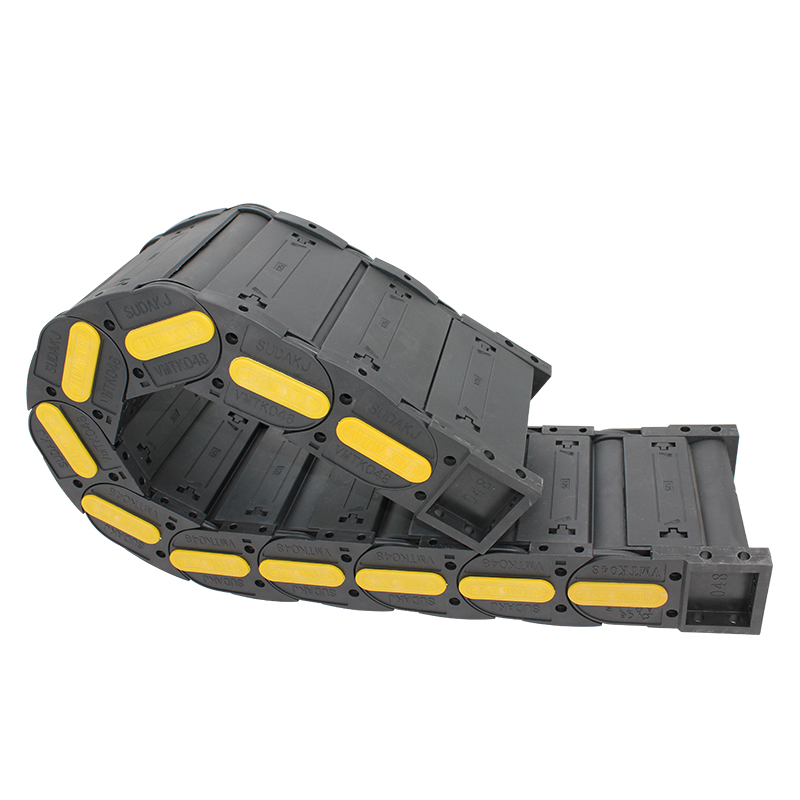chip conveyor types
Understanding Different Types of Chip Conveyors
In the world of manufacturing and machining, chip conveyors play a crucial role in maintaining efficiency and productivity on the shop floor. As machines work, they produce chips and debris that could hinder operations if not properly managed. Chip conveyors are designed to effectively remove these materials, ensuring a continuous workflow. This article explores the different types of chip conveyors and their specific applications.
1. Belt Conveyors
Belt conveyors are one of the most commonly used types of chip conveyors. They utilize a continuous belt system to transport chips from one location to another. The simplicity of their design makes them highly versatile and suitable for various applications. They can handle a wide range of chip types, including metal chips, plastic shavings, and more. Belt conveyors are often used in conjunction with CNC machines and other machining operations, where they transport chips to bins or hoppers for disposal.
2. Paddle Conveyors
Paddle conveyors consist of a series of paddles welded to a chain, which moves through a trough filled with chips. The paddles scoop the chips and transport them along the conveyor path. This type of conveyor is particularly effective for handling large, heavy chips, which can clog other systems. Paddle conveyors are ideal for applications where material density is a concern, and they can be designed to fit into various layouts, making them a flexible choice for many manufacturing setups.
chip conveyor types

Screw conveyors employ a rotating helical screw blade (or auger) to move chips along a fixed tube. This design is advantageous for handling both metal and plastic chips, especially in environments where space is limited. Screw conveyors can be inclined or horizontal, allowing for greater flexibility in installation. They are particularly effective in processing machines where high volumes of small chips are produced.
4. Magnetic Conveyors
Magnetic conveyors utilize the magnetic properties of certain metals to transport ferrous chips and debris. These conveyors are often used in operations that require precision, as they can provide smooth transport without the risk of material falling off the sides. Magnetic conveyors are beneficial in environments where chips must be conveyed over longer distances or through bending paths.
5. Vacuum Conveyors
Vacuum conveyors use suction to draw chips from machines and transport them to a collection point. This system is particularly useful in cleanroom environments or situations where minimizing the release of chips into the air is crucial. Vacuum conveyors are also efficient for small parts or fine debris, making them a popular choice in high-precision manufacturing sectors.
Conclusion
Understanding the various types of chip conveyors is essential for manufacturers aiming to optimize their production processes. Each type of chip conveyor has its strengths and applications, and the right choice depends on the specific needs of the operation. By selecting the appropriate chip conveyor, manufacturers can significantly enhance their efficiency, reduce downtime, and maintain a cleaner, safer work environment.








